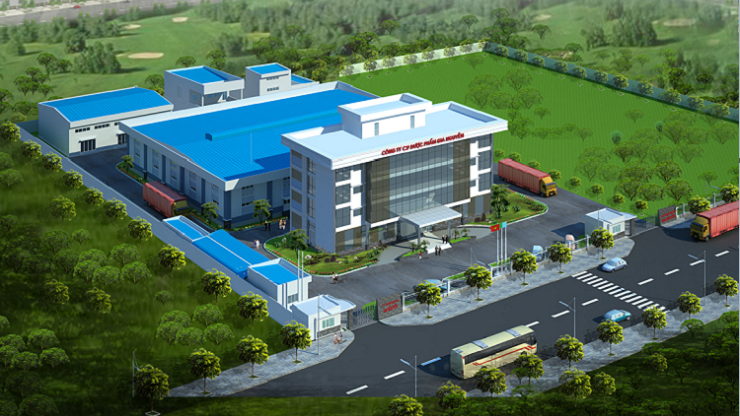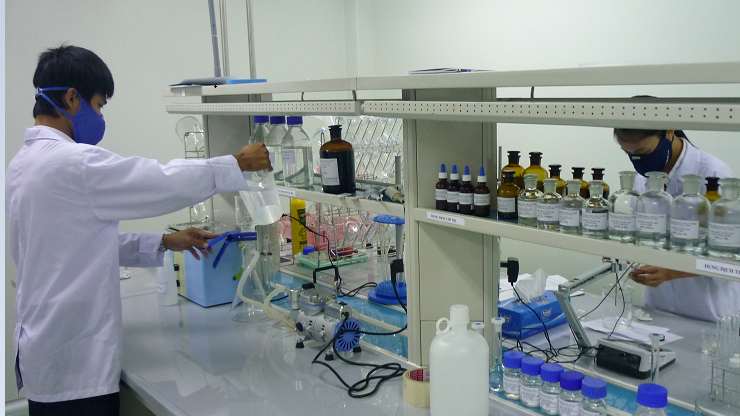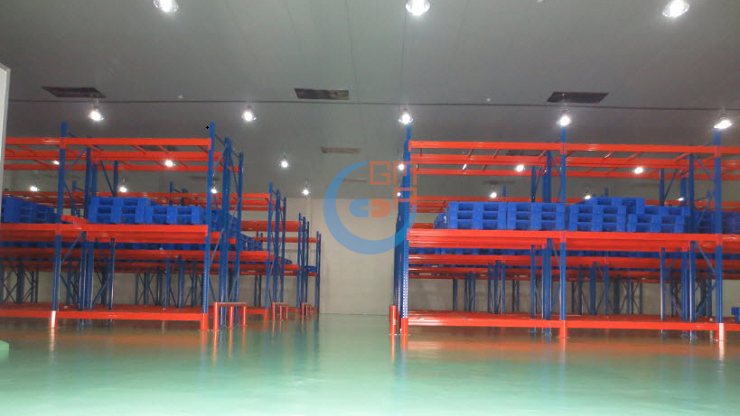WHO GMP is guideline for ensuring quality of pharmaceutical products. This is an important and mandatory standard for pharmaceutical manufacturing facilities. For more information, please refer to the article below:
I. About Good manufacturing practices (GMP) for pharmaceutical products
1. Good manufacturing practice (GMP) is a system for ensuring that products are consistently produced and controlled according to quality standards. It is designed to minimize the risks involved in any pharmaceutical production that cannot be eliminated through testing the final product.
2. Facilitis (included pharmaceutical facilities, traditional medicinal materials facilities, tradition pharmaceutical facilities…) is facility that certificated by authorities.
3. GMP: Good Manufacturing Practices
4. WHO: World Health Organization
5. WHO GMP: Good Manufacturing Practices follow World Health Organization guideline

II. WHO GMP requirement
1. Pharmaceutical quality system
The manufacturer must assume responsibility for the quality of the pharmaceutical products to ensure that they are fit for their intended use, comply with the requirements of the marketing authorization and do not place patients at risk due to inadequate safety, quality or efficacy.
Quality risk management (QRM)
QRM is a systematic process for the assessment, control, communication and review of risks to the quality of the medicinal product. It can be applied both proactively and retrospectively.
Product quality review
Regular, periodic or rolling quality reviews of all pharmaceutical products, including export-only products, should be conducted with the objective of verifying the consistency of the existing process and the appropriateness of current specifications for both starting materials and finished product, to highlight any trends and to identify product and process improvements.
2. Good manufacturing practices for pharmaceutical products
all manufacturing processes are clearly defined, systematically reviewed for associated risks in the light of scientific knowledge and experience, and shown to be capable of consistently manufacturing pharmaceutical products of the required quality that comply with their specifications;
3. Sanitation and hygiene
A high level of sanitation and hygiene should be practised in every aspect of the manufacture of medicines. The scope of sanitation and hygiene covers personnel, premises, equipment and apparatus, production materials and containers, products for cleaning and disinfection, and anything that could become a source of contamination to the product. Potential sources of contamination should be eliminated through an integrated comprehensive programme of sanitation and hygiene.
4. Qualification and validation
In accordance with GMP, each pharmaceutical company should identify what qualification and validation work is required to prove that the critical aspects of their particular operation are controlled.
5. Complaints
All complaints and other information concerning potentially defective products should be carefully reviewed according to written procedures and the corrective action should be taken.
6. Product recalls
There should be a system to recall the market, ly and effectively, products known or suspected to be defective.
7. Contract production, analysis and other activities
Contract production, analysis and any other activity covered by GMP must be correctly defined, agreed and controlled in order to avoid misunderstandings that could result in a product, or work or analysis, of unsatisfactory quality.

8. Self-inspection, quality audits and suppliers’ audits and approval
The purpose of self-inspection is to evaluate the manufacturer’s compliance with GMP in all aspects of production and QC.
Items for self-inspection
(a) personnel;
(b) premises including personnel facilities;
(c) maintenance of buildings and equipment;
(d) storage of starting materials and finished products;
(e) equipment;
(f) production and in-process controls;
(g) QC;
(h) documentation;
(i) sanitation and hygiene;
(j) validation and revalidation programmes;
(k) calibration of instruments or measurement systems;
(l) recall procedures;
(m) complaints management;
(n) labels control;
(o) results of previous self-inspections and any corrective steps taken
9. Personnel
The establishment and maintenance of a satisfactory system of QA and the correct manufacture and control of pharmaceutical products and active ingredients rely upon people. For this reason there must be sufficient qualified personnel to carry out all the tasks for which the manufacturer is responsible. Individual responsibilities should be clearly defined and understood by the persons concerned and recorded as written descriptions.
9. Training
Besides basic training on the theory and practice of GMP, newly recruited personnel should receive training appropriate to the duties assigned to them. Continuing training should also be given, and its practical effectiveness periodically assessed. Approved training programmes should be available.Training records should be kept.
10. Personal hygiene
All personnel, prior to and during employment, as appropriate, should undergo health examinations. Personnel conducting visual inspections should also undergo periodic eye examinations.

11. Premises
Premises must be located, designed, constructed, adapted and maintained to suit the operations to be carried out. Include:
Ancillary areas
Storage areas
Weighing areas
Production areas
Quality control areas
12. Equipment
Equipment must be located, designed, constructed, adapted and maintained to suit the operations to be carried out. The layout and design of equipment must aim to minimize the risk of errors and permit effective cleaning and maintenance in order to avoid cross-contamination, build-up of dust or dirt, and, in general, any adverse effect on the quality of products.
14. Materials
The main objective of a pharmaceutical plant is to produce finished products for patients’ use a combination of materials (starting and packaging).
Materials include starting materials, packaging materials, gases, solvents,
process aids, reagents and labelling materials.
15. Documentation
Documents should be designed, prepared, reviewed and distributed with care. They should comply with the relevant parts of the manufacturing and marketing authorizations.
16. Good practices in production
Production operations must follow clearly defined procedures in accordance with manufacturing and marketing authorizations, with the objective of obtaining products of the requisite quality.
17. Good practices in quality control
QC is the part of GMP concerned with sampling, specifications and testing, and with the organization and documentation which ensure that the necessary and relevant tests are actually carried out and that materials are not released for use, nor products released for sale or supply, until their quality has been judged to be compliant with the requirements. QC is not confined to laboratory operations, but may be involved in many decisions concerning the quality of the product.
GMPc Viet Nam is a turnkey consultant for facility construction project in compliance with EU, PIC/S, WHO GMP requirements. We are the first consultant committed to accompany customers until the date of receiving WHO GMP certification.
More information about our services


